Story of Manus
Magdalena Abakanowicz was born into a noble family in Poland and to hide her identity during the German occupation of Poland she enrolled in art school. Abakanowicz’s original intent of her sculptures was her own way to rebel against the communist rule. At the time her sculptures were frowned upon as the avant garde was not yet tolerated in the art community. Despite the backlash, she persevered and continued to push the boundaries against the institution’s conceived notion of art. Being from Poland and growing up there, she was heavily affected by World War II with the Germans arriving in 1939. She is heavily influenced by the effects of WWII, and you can specifically see the impacts of this period in her art. Her family had to try and find safety as the war was approaching, and during this her mother was separated from her for two months and after reuniting was later shot in the arm by a drunken soldier in 1943, resulting in her mother Helena losing an arm. Seeing how her life and the effects of WWII are closely intertwined, there is no surprise that there would be a strong impact on her art, with many of her pieces having political undertones. An example of this is when her War Games series which displayed “tree trunks partly encased in metal, like artillery shells or the keels of submarines”(Masters). This idea of mending the natural and non-natural had been something that she revisited many times, and in her series Hand-like Trees, she further explores this by mending human body parts with the form of trees.
Manus is one member of the Hand-like Trees Series by Abakanowicz, its siblings being Figura Prima, Cecyna, Balan, Figura Seconda, Anaka, and Desda. They were exhibited at Yorkshire Sculpture park in the UK before becoming a permanent installation in Runnymede Sculpture Park, Woodside, California. Manus is separate from them and makes its home on the south campus of Western Washington University. For these sculptures Abakanowicz took the form of the human hand and transformed it to mimic the natural look of a tree, though still being recognizable as a malformed palm and fingers. From different angles the sculpture takes on several hand positions ranging from a closed fist to a fist cradled in the palm. At a distance Manus appears to be a gnarled old tree that has been poorly pruned at one point in the past. However, upon closer investigation, one will find that the sculpture has a rough texture resembling clay which has been smeared on with distinct grooves left by fingers. Surprisingly, this sculpture was formed out of bronze like many of her other creations which have also been stone, fiber, steel, and soft fabrics.
Although her pieces do have her own political undertones, the pieces in themselves are not supposed to represent a single event “for the man that interested her was ‘not the man of a certain time, he is the man as such’, and that her art was simply a universal ‘tale of human condition’” (Kitowska-Lysiak). Her pieces are meant to be ambiguous, holding shared meanings and experiences in their form, only for the viewer to individually figure out its meaning. Abakanowicz intends for her sculptures to create large spaces of contemplation. She changed the meaning of sculpture from being an object to look at into being a space to contemplate and experience.
Our Interpretation
Inspiration for Our Interpretation
Upon first seeing Manus, one may be tempted to contemplate the interaction of humans and nature. This idea could be brought about by the texture of the sculpture, the gash down its southeast face, and its resemblance to a tree while also having a loose resemblance to a hand. Maybe Manus and its siblings are supposed to represent how nature is dying because of humanity. However, we believe that this is not what Abakanowicz intended. In her outdoors instalments, Abakanowicz strives to create environments of contemplation for her audience. Thus, Manus does not have one solid meaning. It could be a metaphor for humans killing the earth but in the end we only kill ourselves. And it could be a mangled hand reaching from the earth for help like so many of the struggling people in our world. Or maybe it stands to represent the outcasts of society in the way it stands alone and different than the other trees around it. This multiple faced personality of Manus is what inspired us to capture the way the statue looks in relation to the hand in different angles. One does not have to walk around Manus to find the angles and hand positions we did, just simply follow the paths. There are several pathways leading to the sculpture which is hard to miss since it sits in the grassy clearing by the road and away from other clutter. There is the path below the sculpture, the path beside, and the path leading to. The path beside is alongside the road and thus has two angles weather you are going up or down the road. In total there are four different angles like there are four directions on a compass. The human hand is how we interact in the world and can take many forms or positions just as Manus shows us. In the sculpture we found a fist, cradling of the hands, a grasping hand, and reaching fingers. Actions that humans use with their interaction of the world. Thus, Manus of the Hand-like Trees Series by Magdalena Abakanowicz has angles of personality which creates an area of contemplation around it for people interacting with the world through their hands.
Creators: Alea Kirby, Jacob Rivera, and Kelson Rounds-McPherson
Photography: Jacob Rivera
Photo Editing: Jacob Rivera
Hands: Alea Kirby and Kelson Rounds-McPherson
Written Statement: Alea Kirby
Statement Edited by: Kelson Rounds-McPherson
Works Cited
Kitowska-Lysiak, Malgorzata. “Magdalena Abakanowicz.” Internet Archive, Art History Institute of the Catholic University of Lublin, 2004, web.archive.org/web/20061008190819/http://www.culture.pl/en/culture/artykuly/os_abakanowicz_magdalena.
“Magdalena Abakanowicz.” Culture.pl, culture.pl/en/artist/magdalena, Abakanowicz. https://culture.pl/en/artist/magdalena-abakanowicz
Masters, Christopher. “Magdalena Abakanowicz Obituary.” The Guardian, Guardian News and Media, 24 Apr. 2017, www.theguardian.com/artanddesign/2017/apr/24/magdalena-abakanowicz-obituary.
Pearson, Steve. “1990s News, Events, Popular Culture and Prices.” What Happened in the 1990s Featuring News, Popular Culture, Prices and Technology, www.thepeoplehistory.com/1990s.html.
“Poland Profile – Timeline.” BBC News, BBC, 28 May 2018, www.bbc.com/news/world-europe-17754512.
S, studio. “About Magdalena Abakanowicz.” Magdalena Abakanowicz, www.abakanowicz.art.pl/about/-about.php.html.
W, Tate. “’Embryology’, Magdalena Abakanowicz, 1978-80.” Tate, www.tate.org.uk/art/artworks/abakanowicz-embryology-t12958.
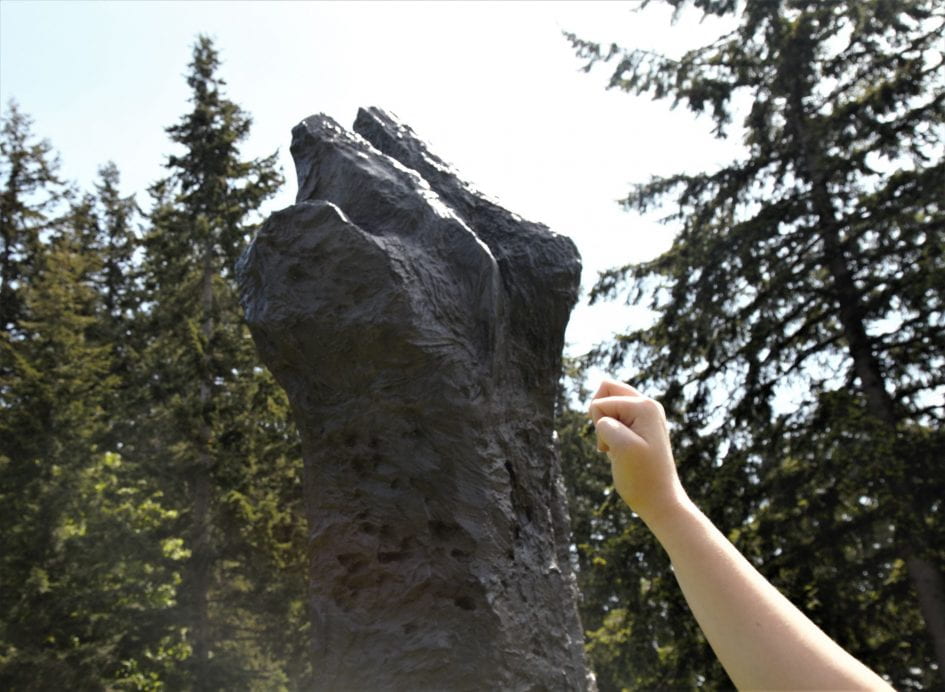
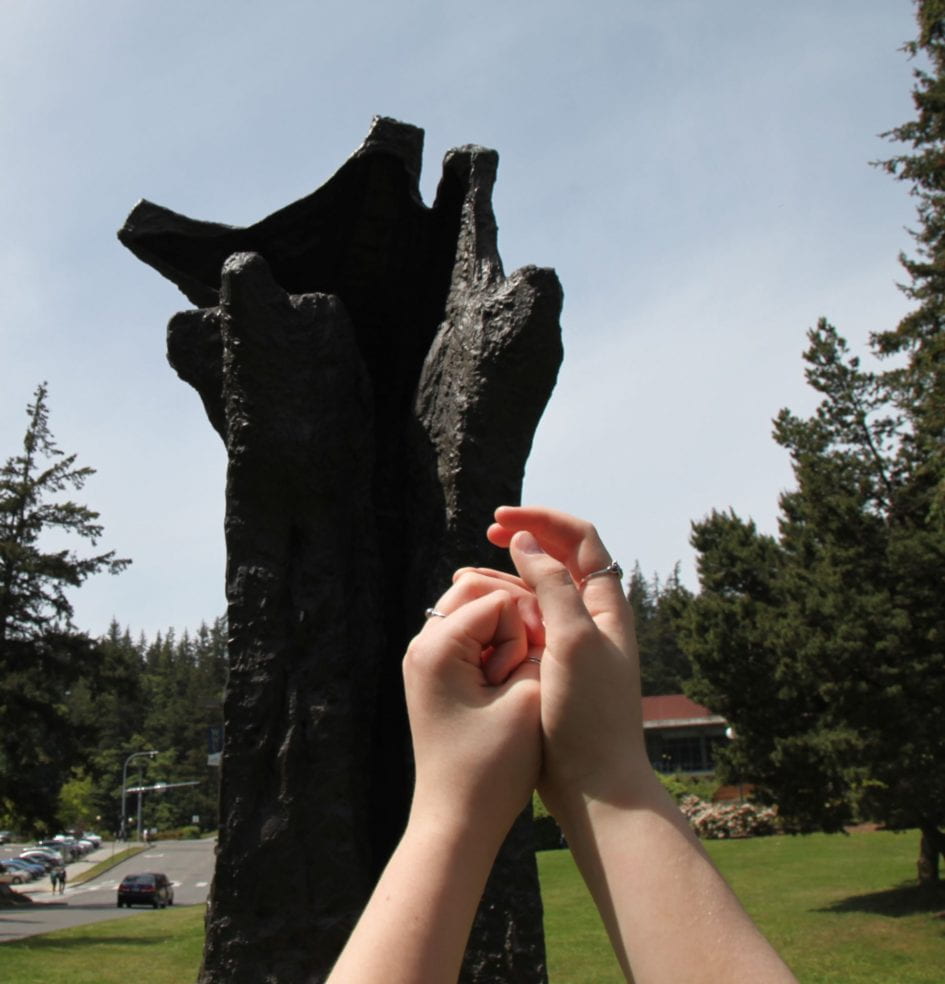
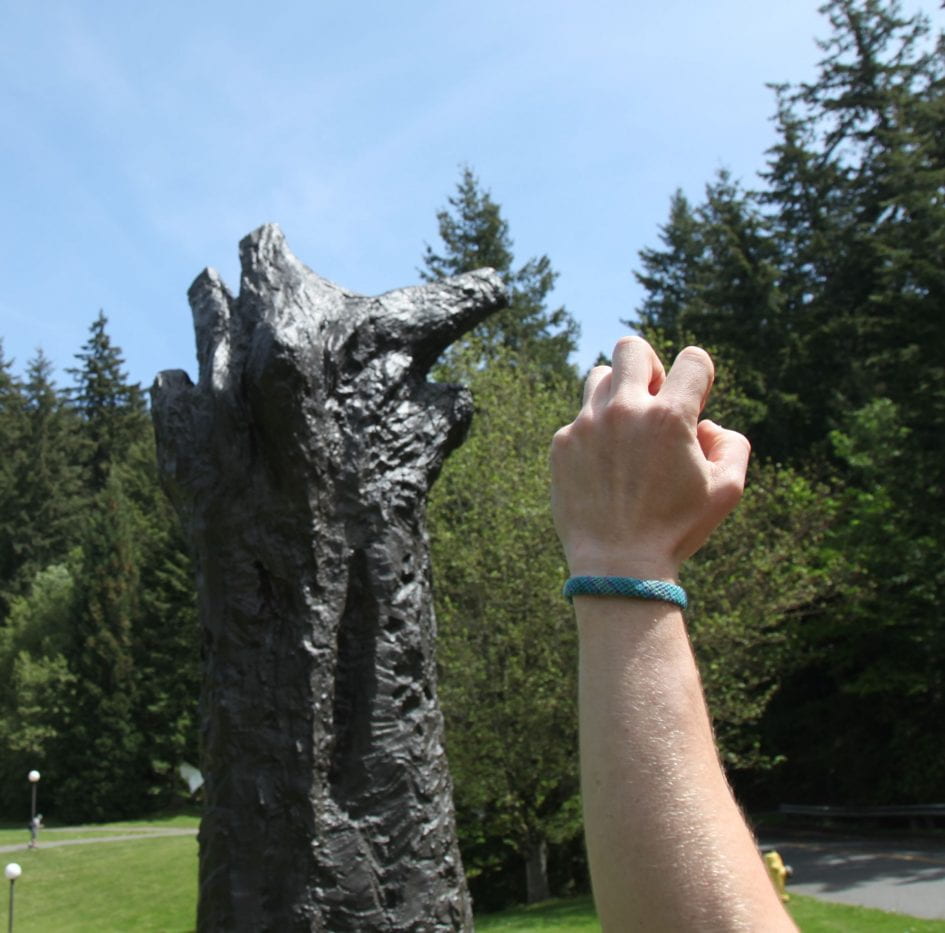

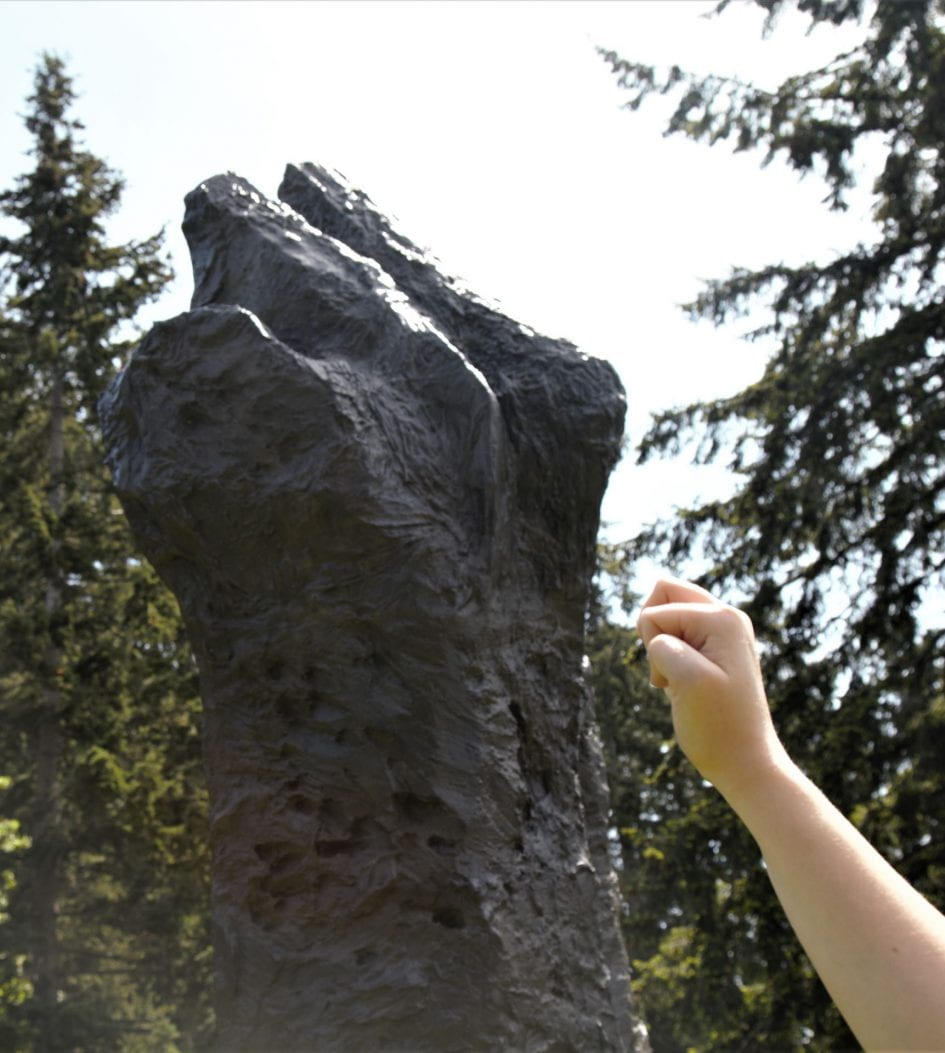

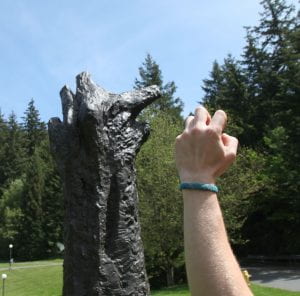
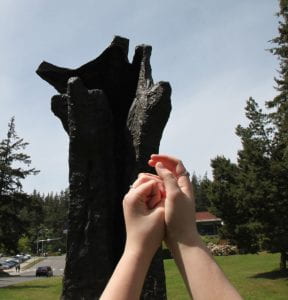
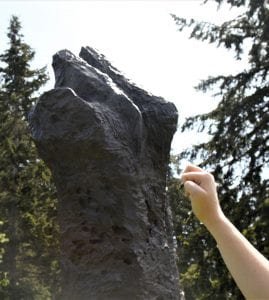
Leave a Reply